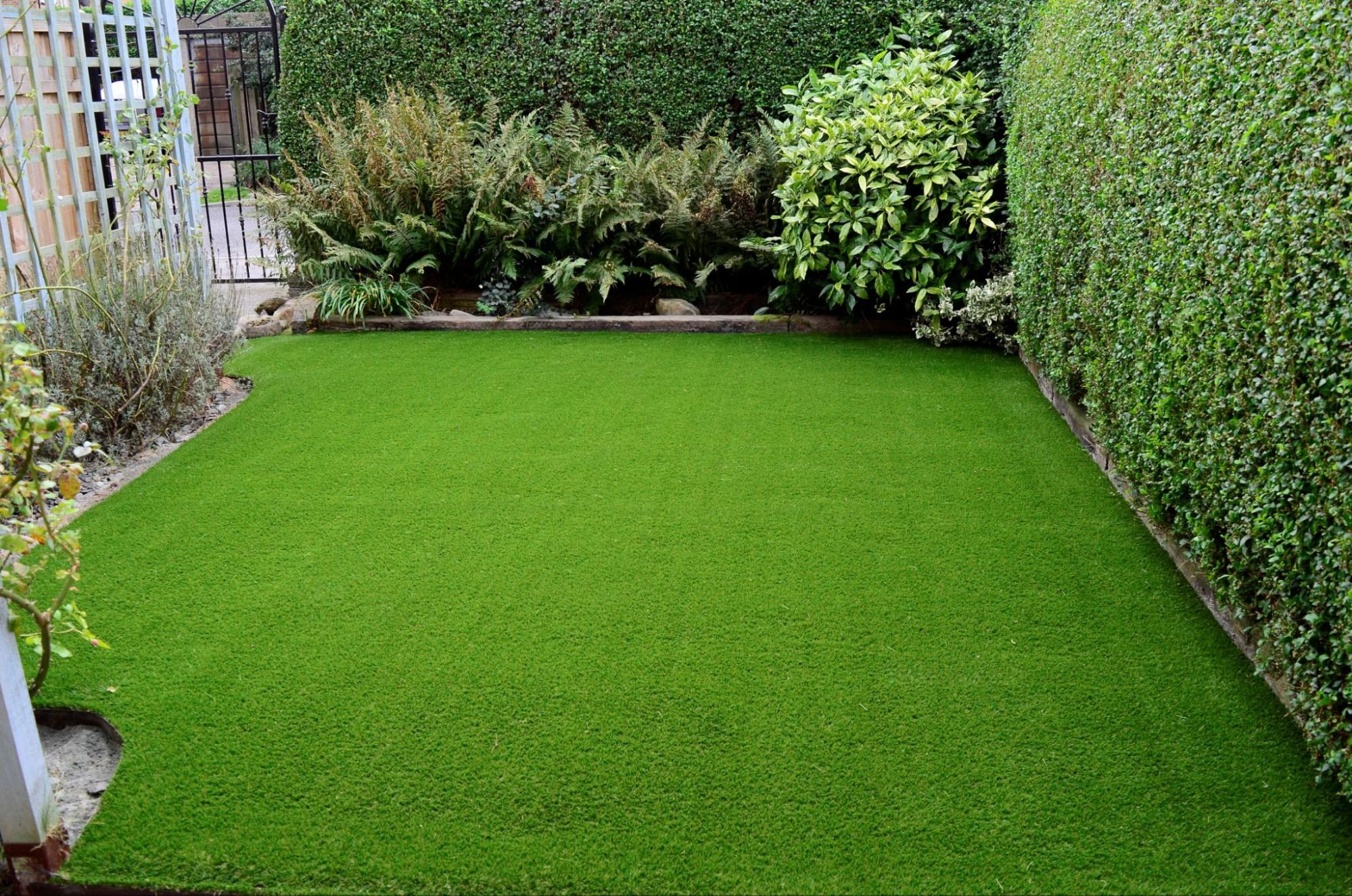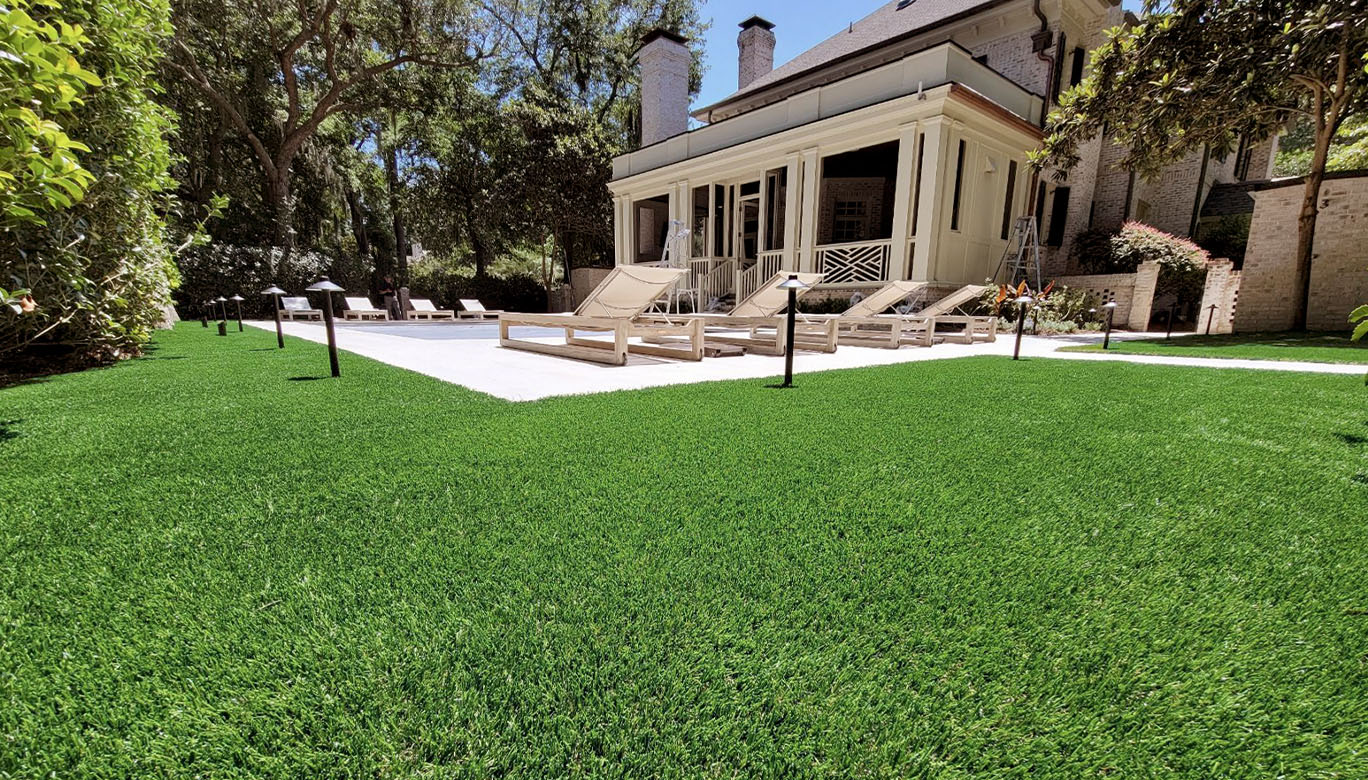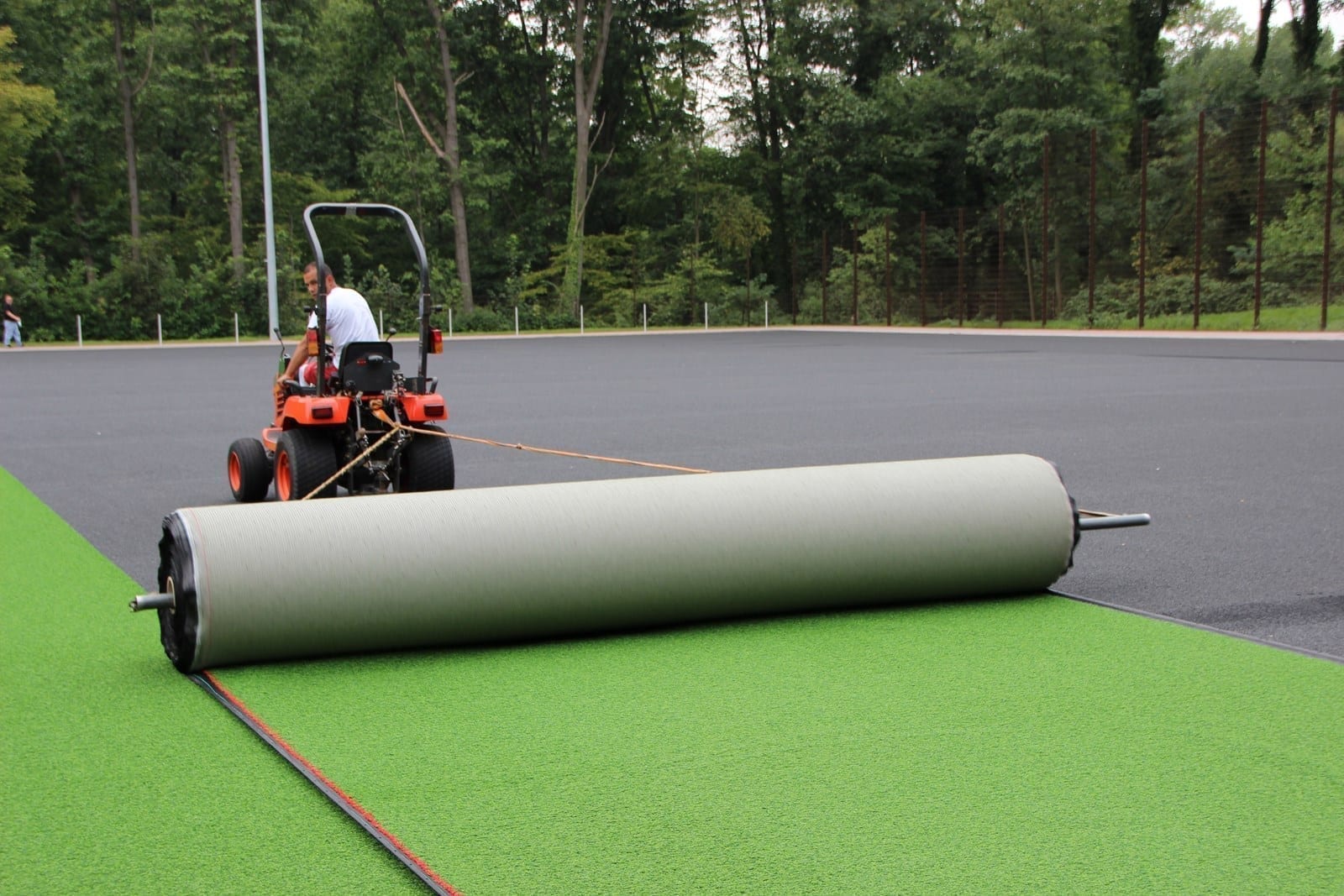Choose the Best Artificial Turf Companies Phoenix for Your Home or Commercial Space
Choose the Best Artificial Turf Companies Phoenix for Your Home or Commercial Space
Blog Article
Look Into the Environmental Advantages of Opting for Artificial Grass Solutions
The fostering of synthetic lawn services provides a compelling chance to deal with pressing environmental challenges. By substantially minimizing water use and minimizing the application of damaging chemicals, these options not only advertise sustainable landscaping but likewise protect regional environments. Moreover, the lower carbon footprint related to reduced maintenance tasks adds to a more sustainable method to land administration. However, the ramifications of these benefits expand beyond mere preservation initiatives, questioning concerning their lasting influence on habitat preservation and total environmental balance. Checking out these measurements reveals a complicated interaction worth considering.
Water Preservation Advantages
Among one of the most significant advantages of fabricated turf is its ability to conserve water. Standard yard lawns require substantial watering, particularly in areas prone to drought or water limitations. In comparison, synthetic turf does not need watering, substantially reducing the overall need for water sources. This attribute is specifically useful in deserts where water shortage is a pressing issue.
By eliminating the requirement for routine watering, synthetic grass contributes to lasting landscape techniques and assists mitigate the environmental effect of too much water usage. Moreover, the conservation of water encompasses the decrease of overflow, which can cause dirt disintegration and waterway air pollution.
In addition, the installation of man-made lawn enables towns and house owners to designate water resources much more effectively, concentrating on essential uses such as alcohol consumption water and farming. The change in the direction of synthetic turf not just promotes liable water use however additionally lines up with wider environmental objectives focused on maintaining natural deposits.
As areas increasingly focus on sustainability, the water preservation advantages of synthetic grass present a compelling situation for its adoption in household and industrial landscape design projects.
Decreased Chemical Usage
The shift to artificial turf dramatically decreases the reliance on chemical treatments generally made use of in all-natural lawn maintenance. Conventional grass management generally includes the application of herbicides, fertilizers, and pesticides to advertise growth and control pests. These chemicals can present threats to human health, local wild animals, and the atmosphere, adding to soil and water contamination.
On the other hand, synthetic grass eliminates the requirement for these damaging compounds. Once mounted, it needs marginal upkeep, largely consisting of normal cleaning and irregular infill replenishment. This reduction in chemical use not just benefits the instant atmosphere yet also adds to broader eco-friendly stability. By decreasing the release of artificial substances into the environment, man-made grass promotes healthier dirt and water supply.
Additionally, the lack of chemical overflow related to artificial lawn installations helps shield regional waterways from air pollution, sustaining marine life and keeping biodiversity. Arizona turf. As communities significantly prioritize sustainable practices, opting for synthetic grass presents a viable remedy that aligns with environmental conservation objectives. Via this change, building owners can take pleasure in rich eco-friendly spaces without compromising eco-friendly wellness, leading the way for an extra sustainable future
Reduced Carbon Impact

Additionally, the installation of fabricated grass can cause considerable water preservation. Natural yards require significant amounts of water for irrigation, which not only includes in the carbon impact connected with water removal and treatment however additionally stress regional water resources. In contrast, synthetic grass requires marginal upkeep, calling for no watering, consequently considerably lowering water usage and its linked energy costs.
In addition, the longevity of synthetic grass contributes to its reduced carbon effect. With a life-span of up to 15 years or more, the requirement for constant substitutes is lessened, leading to much less waste and reduced power intake in manufacturing and getting rid of standard lawn options. Generally, synthetic grass provides a sustainable option for eco aware landscape design.
Environment Preservation
Environment conservation is an essential factor to consider in the discussion over landscape design choices, particularly when comparing synthetic grass to natural grass. All-natural lawn yards frequently require extensive upkeep, consisting of the usage of fertilizers, herbicides, and chemicals, which can negatively impact neighborhood communities. These chemicals can leach into the dirt and waterways, harming native flora and fauna and interrupting local environments.
Man-made lawn removes the need for damaging chemicals, consequently shielding neighboring wildlife and maintaining click for source the integrity of surrounding communities. The installation of synthetic turf can lead to the conversion of former grass areas into more biodiverse landscapes, such as pollinator yards or indigenous plant locations, which can sustain neighborhood wild animals.
Eventually, the shift to synthetic grass not only saves water and decreases upkeep initiatives yet also fosters an extra unified connection between human activities and the native environment, advertising environment conservation while doing so.
Long-Term Sustainability
Long-lasting sustainability is a crucial consider reviewing the advantages of synthetic grass over traditional grass yards. One of one of the most significant benefits of fabricated grass is its sturdiness; it can last approximately 15-20 years with marginal maintenance, whereas all-natural turf calls for frequent reseeding and substitute. This durability reduces the requirement for continuous resources, such as water, plant foods, and pesticides, which are essential for keeping a healthy and balanced grass yard.
Additionally, synthetic grass contributes to a decrease in carbon emissions connected with yard care devices. Conventional grass frequently call for gas-powered mowers, leaners, and blowers, every one of which contribute to air pollution. Phoenix turf companies. In comparison, synthetic grass gets rid of the need for such devices, advertising a cleaner environment
Additionally, the manufacturing of synthetic grass increasingly uses recycled products, enhancing its sustainability account. As makers take on green techniques, the environmental footprint of synthetic grass continues to decrease.

Final Thought
The adoption of fabricated turf services provides considerable environmental benefits, including considerable water conservation, minimized reliance on harmful chemicals, and a lower carbon footprint. Fabricated lawn aids in protecting natural environments by decreasing land disruption and promoting long-term sustainability through the use click to read more of durable products. Collectively, these factors underscore the potential of synthetic grass to contribute favorably to ecological health and wellness and offer a practical option to traditional landscape design techniques in a significantly resource-conscious globe.
In contrast, fabricated lawn does not require watering, significantly reducing the total demand for water sources. By minimizing the launch of synthetic substances into the environment, man-made turf advertises much healthier soil and water systems.
Moreover, the setup of fabricated grass can result in significant water conservation. In contrast, artificial grass requires minimal upkeep, needing no watering, thus dramatically minimizing water use and its associated energy costs.

Report this page